
Software Selection – Insightful Data-Driven Approach
#3: Insightful Data-Driven CTRM Vendor Selection Approach Facilitates Run-Operate Success If you have read the first installment of our blog series on CTRM software selection,
Choosing the right software for your organization can be a difficult assignment, particularly in regards to CTRM software. The requirements can be different and might be as unique as the business itself. An ideal software should meet the needs and prepare the organization to take advantage of the opportunities in the complex and ever-changing energy markets.
The solution you carry out should follow a holistic approach and has to be dynamic in nature. It should be able to engage front, middle, and back offices in requirements gathering and should provide end-to-end solutions.
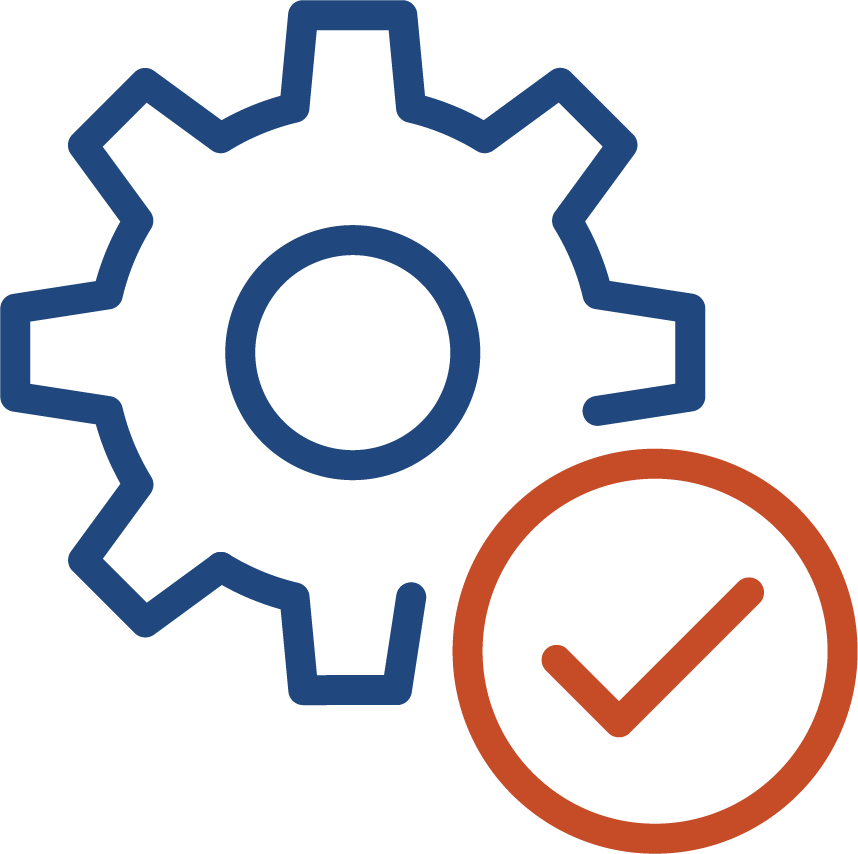
Prior to getting down to the prescribed procedures, It is very important to know what has to be avoided. The following are normal misconceptions about choosing the right CTRM software that is suitable for your business model.
What worked for others might work for you as well.
Each business and business process is unique. This is the actual reason why businesses and management spend more time on “Differentiating their strategy”. Since every business strategy is unique, system implementation should also be different. It means a lot to maintain the attention on your requirement while assessing CTRM software.
CTRM software selection is all about evaluating the technical and functional aspects of the software.
While it is very important to select a solution that meets your technical and functional requirements. It is also critical to look at the flexibility and ease of use that places functionality in the hands of your business users.
Any solution that that is flexible and can be used for future business requirements offers more prominent long-term value to your business or business users.
Demos and very nice presentations are proof of good software.
Generally, demos/presentations are good ways to get introduced to the software. It is when you would need to dive deeper into the evaluation process and analyze what best suits your business needs. Having a good and detailed business scenarios that covers your business is an essential for a good demo.
It could appear evident yet getting a clear understanding of the business, and how it makes sense to add value for the stakeholders now and in the future, and inside the organization’s related governance structures is basic for choosing the right trading and risk solution(s).
The requirements of an energy marketer that is advancing to consolidate a hedging program and a small bunch of trading methodologies are totally different from a complex trading house looking to venture into new commodities, new business sectors, outlandish instruments, or carefully empowering their trading and risk arrangement system. A tailored solution to the present companies might be rapidly growing without an insightful perspective on needs five to seven years down the line. It needs to be beneficial for your business today, but also aligned to your business strategy ready to support the future state of your business.
CTRM applications are niche in the market. Software vendors and software integrators are the ones who have an impeccable source of information about these products from their extensive offerings and experience. Before you start your selection process, you will need to spend time on the latest trends, CTRM market, Options available and so on, to ensure the potential fit for your business.
Ask your vendors “what is important?”
You might know what is exactly important or required for your company, however, ask for this. It is very important to talk to your vendors ahead of the tender process and build up knowledge before you go for the tender process.
Any software vendor typically can build and deliver the functionality more than you ask about. It is all about how the functionality is implemented in your software or your process for your future needs too. You just need to challenge your vendors.
The manner in that you challenge your vendors is to give them tasks. For example: Describe how the functionality is implemented or define your implementation process and scope of your software in the future. Ask them for a guide/document so that you can understand the business model, and whether you can implement this in your organization.
Nowadays, for business and IT pioneers, the event of an extraordinary framework implementation like another ERP, CTRM, or other enterprise solution might be the rare opportunity to step back, look at the innovation, technology landscaping, and, possibly take new steps in building a new architecture. Is the IT department wanting to advance in a cloud or digital native direction in terms of application strategy? Is the basic postmodern ERP approach that tries to use broad API-based integration among the reasons fabricated, leading tools? This kind of task can give the impulse and resources to digitalize the process.
We know that you or the vendors need high-level details while implementing CTRM software, but most of the times stake holders are not really ready to disclose those details. That’s where vendors try to lock the projects in the design phase to fix the design. So, once the design is fixed, you cannot make any changes because they will be building the data warehouse based on the fixed design.
What we understood is that you’re not ready to give them all the details. Since it will change constantly – Application Management – Strategy Management & Application performance management – is about change. Along these lines, don’t go into this trap of agreeing “I locked the designing phase of the project, I locked the planning stage,” since, in such a case that you do that, they will give a change request constantly, for each time you are changing the scope.
It’s not just about the good demos and nice PowerPoint presentations. What you need is evidence. You will need to ask your vendors about evidence to create and show you the KPI’s and KRI’s of the application or how to create the KPI’s & KRI’s of the process. This gives a comfort that you need. Asking more and more questions to your vendors on their business cases might help you to relate your business process and build up more knowledge.
We think CTRM solution is not just a software or a project, it is an ongoing process. It should continue even after vendor leaves you, need the consultants to work on the application support and manage the application from multiple factors.
The important questions that should come to your mind are “who will be managing your CTRM while or after implementing your software?” “Has the implementation team delivered you enough documentation?” Have they shared you enough knowledge, so that you are able to operate by yourself on daily basis?”. Also, you need to add these your tender documents.
A brilliant method for separating vendors is to request a POC. In the event that the software is adaptable and simple to use, it ought to be simple for the vendor to set up a POC in light of your prerequisites. Making this solicitation a piece of your merchant determination cycle will help an objective evaluation of the solutions.
Critically, it is very important to think about the traditional CTRM Software selection and procurement process and tailor them to deliver that is best lined up with your plan of action and business model, Software capabilities, technology strategy and needs. digitalization is troublesome commonly and applying to many years old selection, Procurement, and implementation techniques to these sorts of undertakings are probably not going to yield significant advancement.
Value Creed will assist you in choosing the right software, that is a best fit for your resources and capabilities.
Let’s Us Know
Through our years of managed services experience, having taken many customers through upgrades and software migrations, we have developed a strong system for gathering and understanding the CTRM customers’ business requirements and how they evolve.
We believe that a deep understanding of the business processes and precisely aligning your software requirements to your strategic plan are the most important aspects of software selection. During the software selection process, we prepare and guide you through checklists, product labs, demos, and workshops to determine the best fit for your organization.
During the Evaluation Phase, we take a deep dive into each vendor and their solution. We use our Requirements and Selection Criteria to guide our evaluation during product demos.

#3: Insightful Data-Driven CTRM Vendor Selection Approach Facilitates Run-Operate Success If you have read the first installment of our blog series on CTRM software selection,

#2: Harness the Power of Management Consultancy and Run-Operate Expertise In our former post, we noted the value of having insight into common missteps that

#1: Hidden Costs of In-House Vendor Selection & How to Avoid Them As markets shift, risks increase, and strategies evolve, your CTRM/ETRM software needs become
Let’s Us Know
Extension cataloging improves CTRM implementation practices throughout the upgrade process. Performed correctly, it is a worthwhile investment.
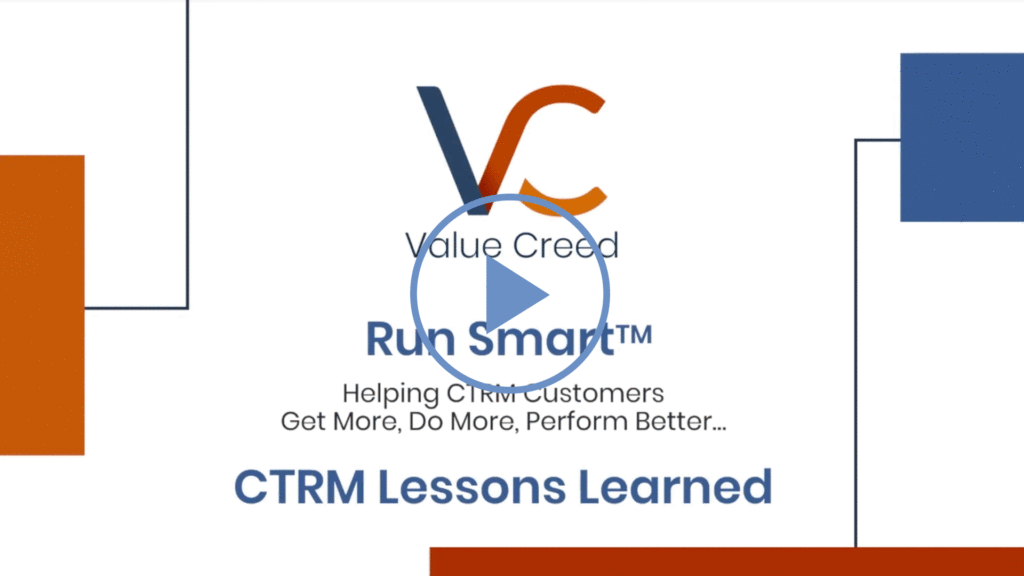
As a part of the pre-upgrade process, each of the class events, message events, database views, and stored procedures are analyzed and categorized based on the functional areas and complexities. Each component is evaluated to determine what is new, what is different, and what has changed.

Capital Power Harnesses Value Creed’s Expertise, Achieves Agile CTRM Platform Upgrade Maximizing CTRM System Value and Efficiency with Targeted Expertise Capital Power needed to nimbly

How Value Creed’s Seamless CTRM Upgrade Powered a Global Energy Company’s Growth Goals CTRM Productivity Gains Enable Trading Productivity Boost When a major natural gas production
Reach out and get the conversation started
Upgrading and customizing your commodity trading risk management software is a full-time job and often requires more resources than you can spare. It pays to partner with an experienced, knowledgeable RightAngle software consultant to ensure your trading organization reaps the full benefits the platform’s extensions infrastructure can deliver.
Value Creed equips your trading organization with the ability to upgrade RightAngle and address customization requirements to align the platform with your business workflows.
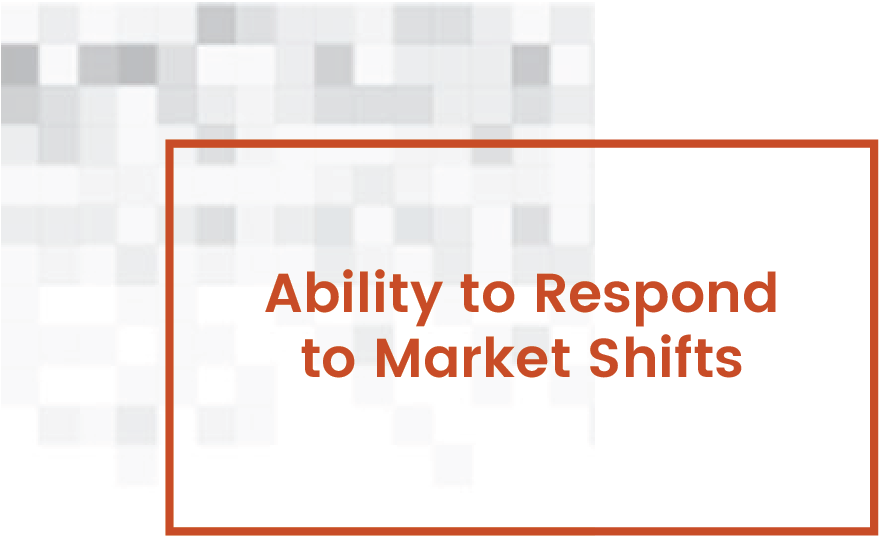
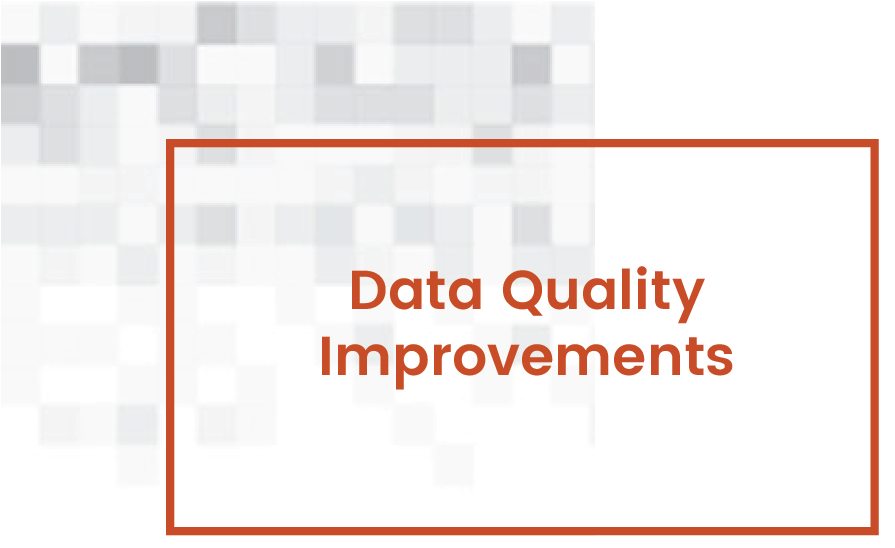
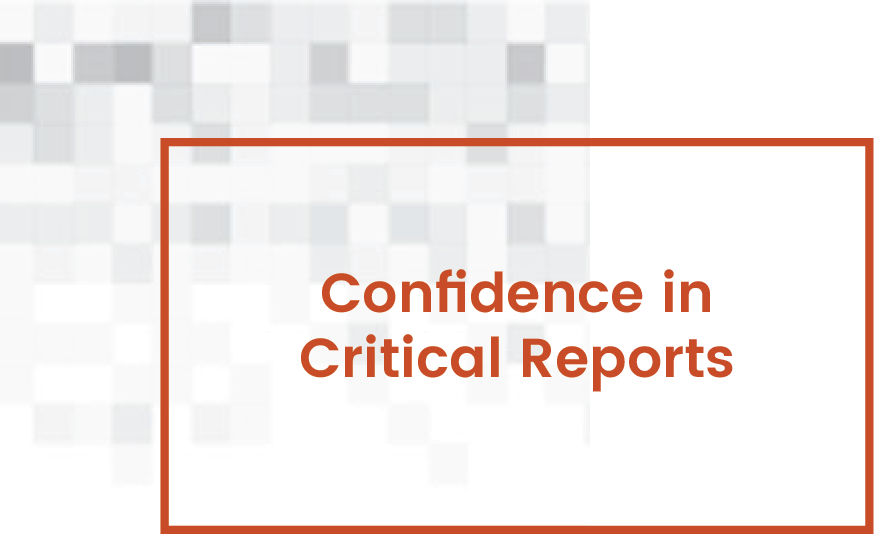
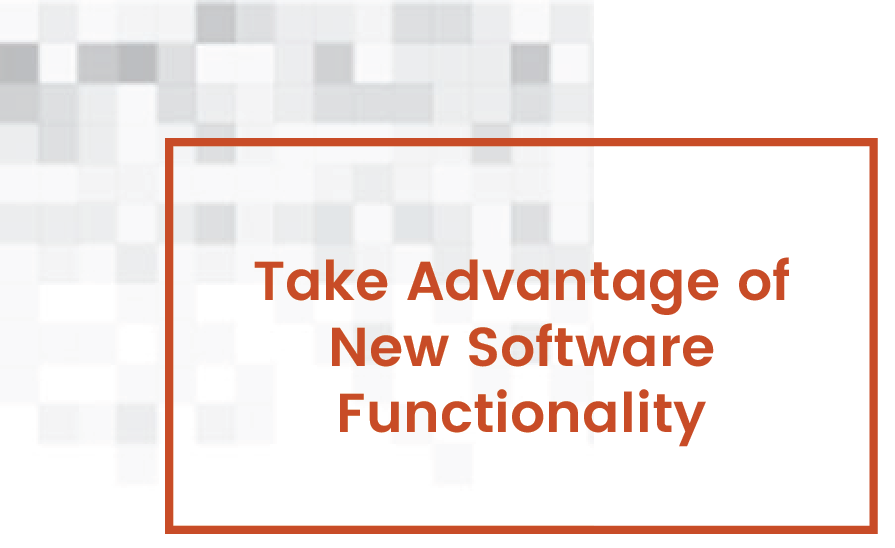
Value Creed’s RightAngle experts will conduct interviews with your users and support staff to assess your current implementation across the areas of Transaction Volume, Business Processes, Data Sources, Infrastructure, Customizations, Interfaces, Reports & Security.
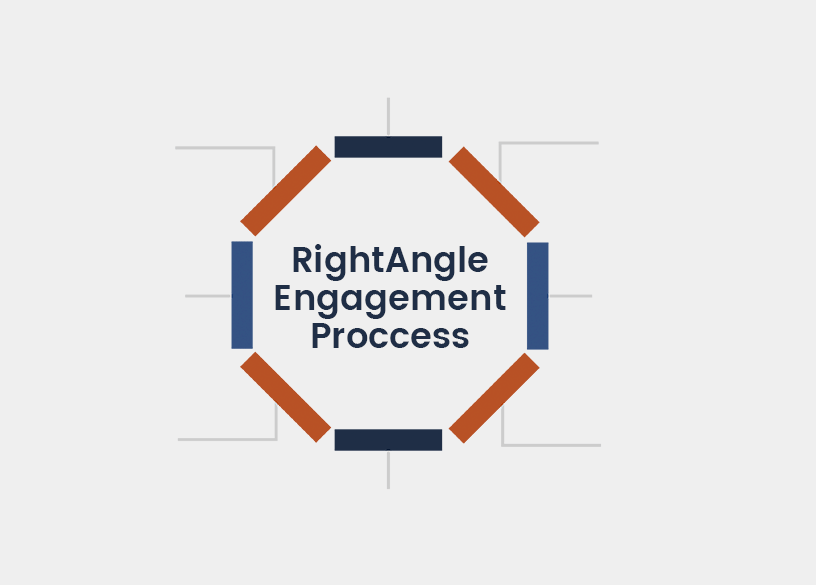
Value Creed can customize your RightAngle to derive value driven data insight and improve business performance such as…



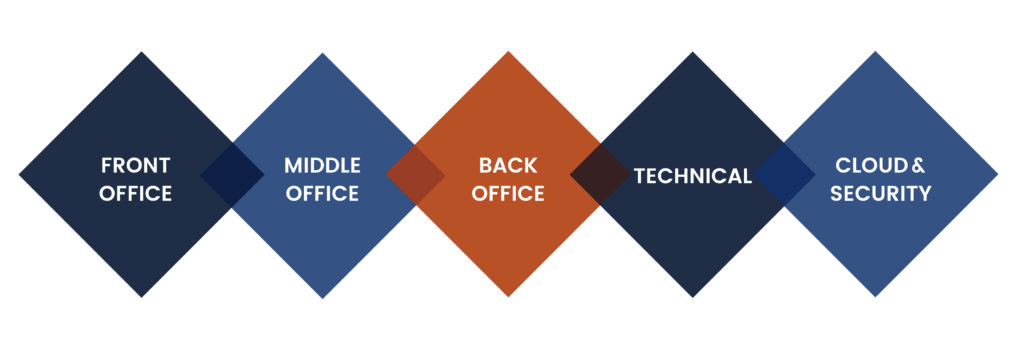
With decades of RightAngle expertise, Value Creed’s team applies functional and technical experts to workflow assessment, operational improvements and best practices.
Slow data and manual processes obscure the data your natural gas enterprise needs to maximize revenues and optimize strategy. Time your traders and schedulers spend entering, transferring, and massaging data is time they cannot devote to locking in profits, mitigating risks, and generating insights. These business processes cause distinct time wasters native to your business. Here are three common examples.
This makes it difficult to locate the data that answers key business questions.
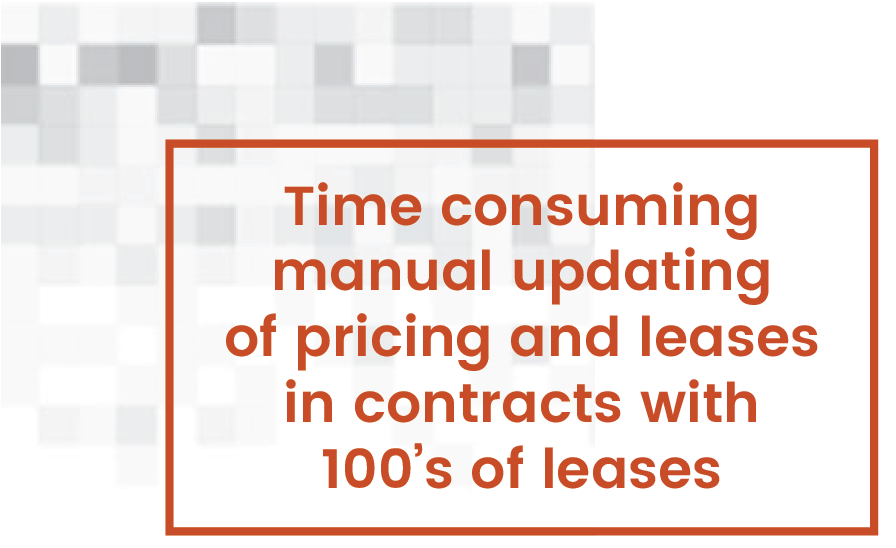
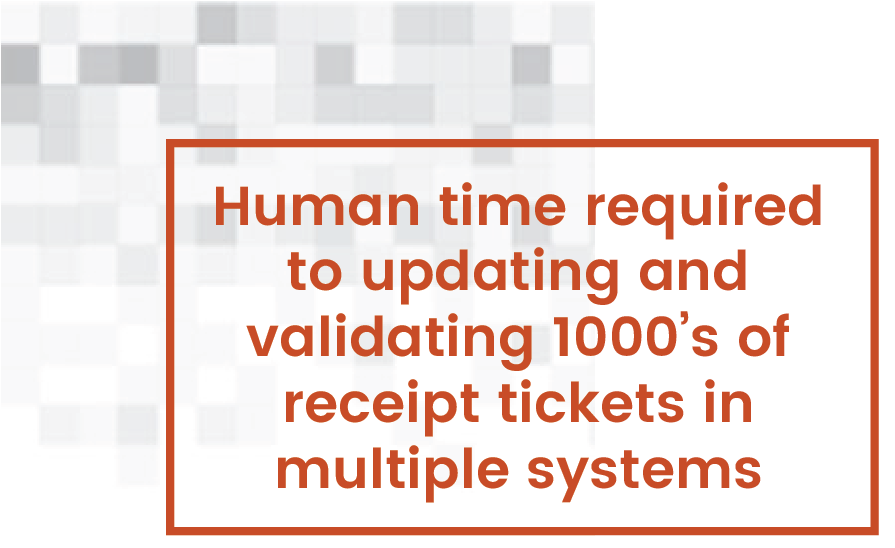
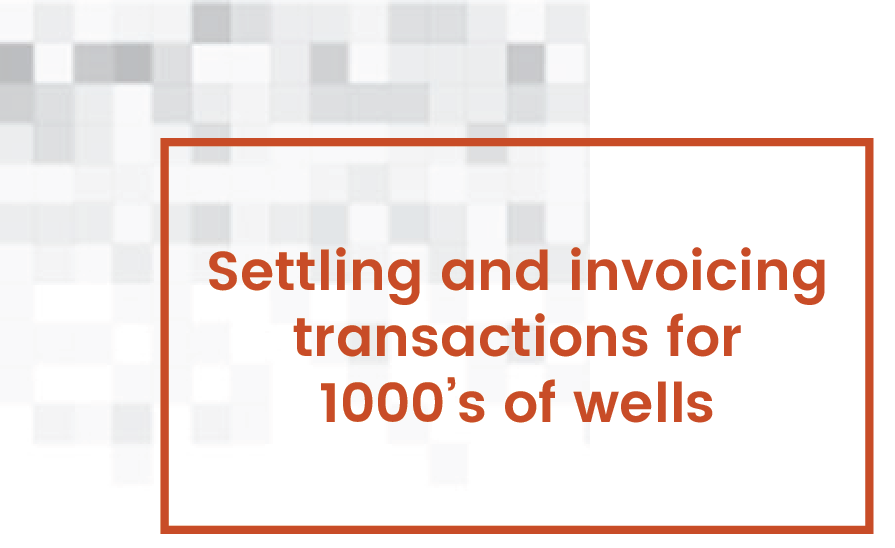
Value Creed applies their specialized CTRM expertise to translate these and other business process bottlenecks into accelerated workflows by leveraging robotic process automation. This approach allows your business to continue without disruption and increase productivity by taking manual, human-centric processes and streamlining them by using “bots” to perform defined, repetitive tasks.
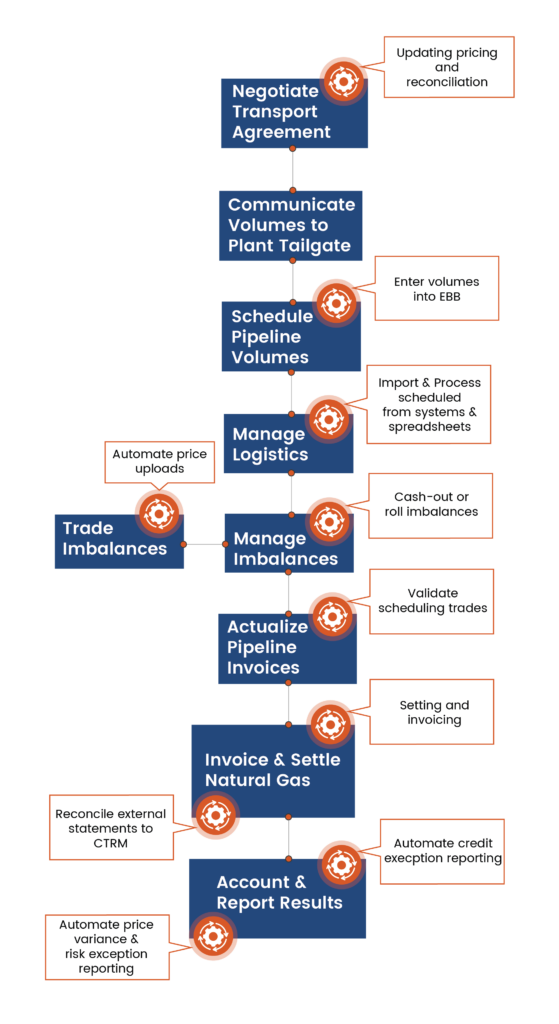










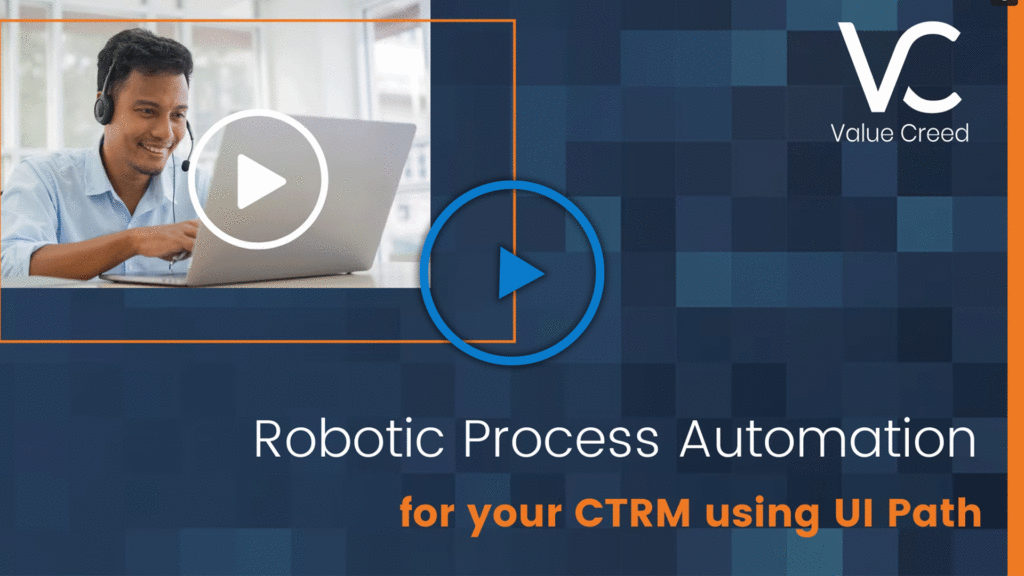
Value Creed’s robotic process automation services streamline business processes, alleviate major data entry bottlenecks, and reduce the time humans spend on low-level, repetitive tasks.
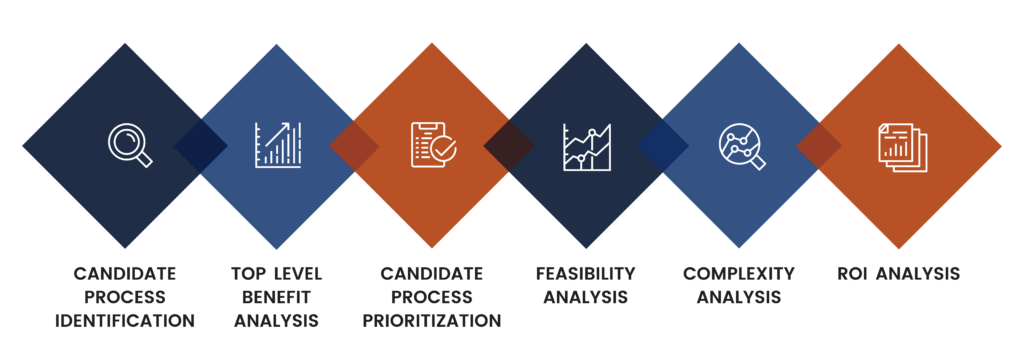
You know RPA is not a new concept, it is just now truly useful to CTRM/ETRM business leaders and IT teams. The use of this advanced technology helps by expediting complex CTRM business processes, while relieving associated data integrity risks.
Let Us Know
You only make money when you sell your product to a broker, refinery, or manufacturer. Doesn’t it make sense for your traders and marketers to focus on these activities. Spending time entering data into CTRM platforms and updating spreadsheets leads to incomplete information.
Robotic process automation (RPA) gives front, middle, and back office workers the time to analyze and evaluate market and position data rather than generating and recording it.
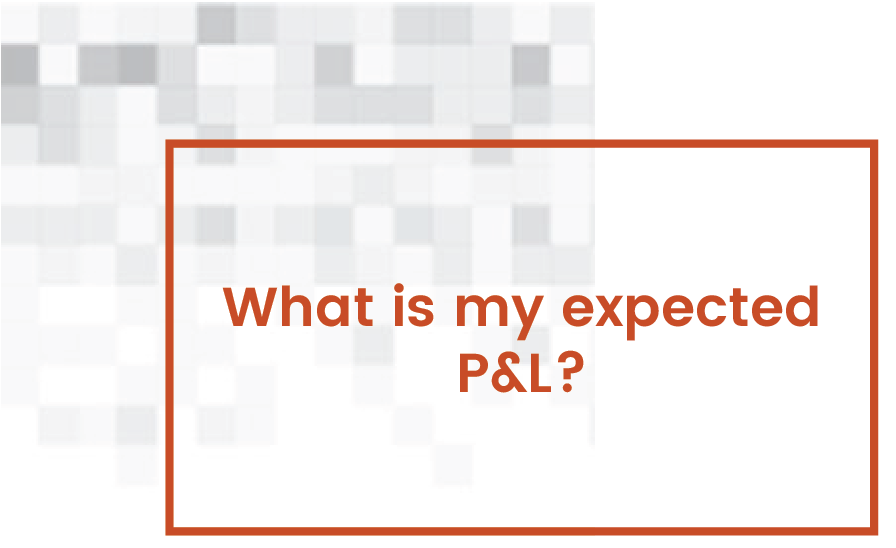
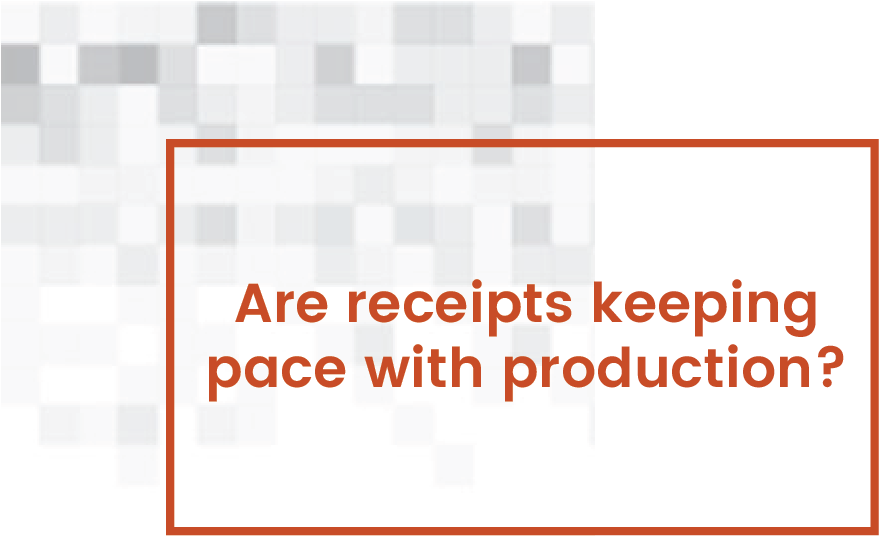
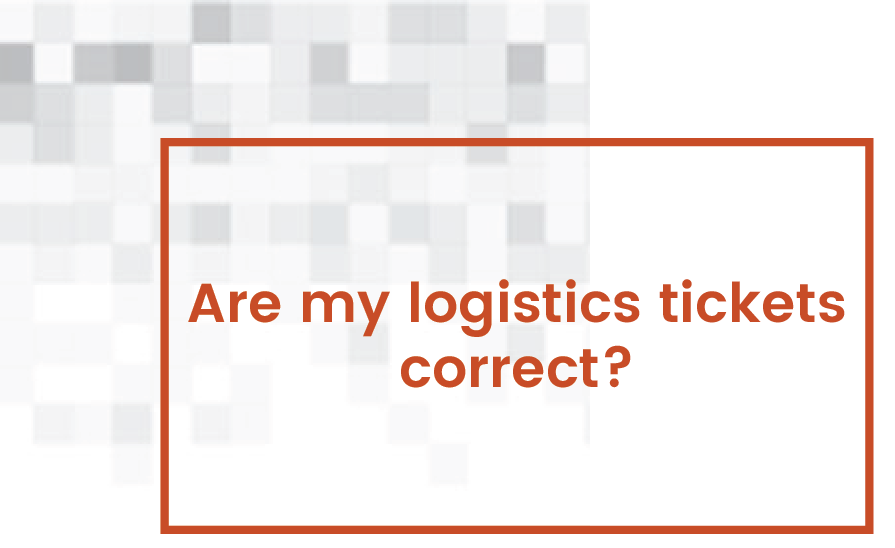
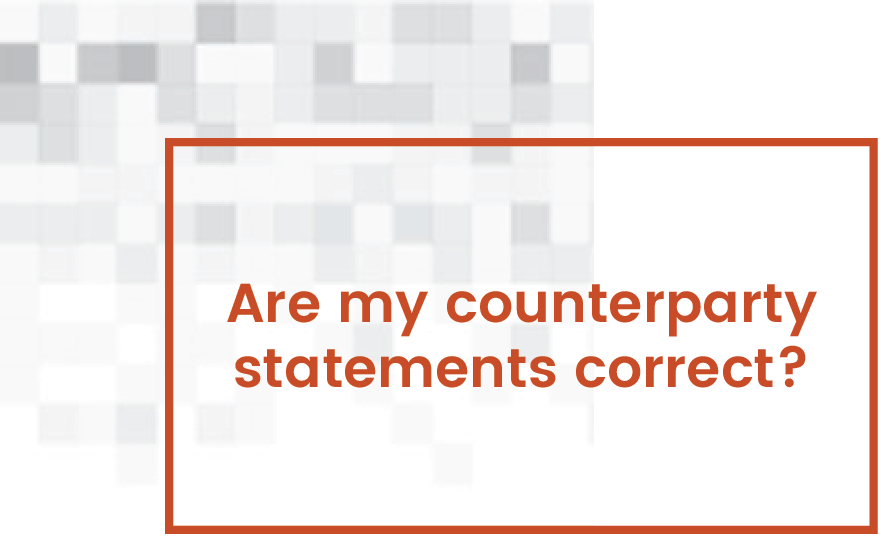
Value Creed harnesses RPA to perform routine, repetitive tasks automatically so data gets where it needs to be, without errors, and without manual input that detracts from more valuable activities. Expedited dataflow and instant availability makes downstream applications more efficient and decisions more informed.
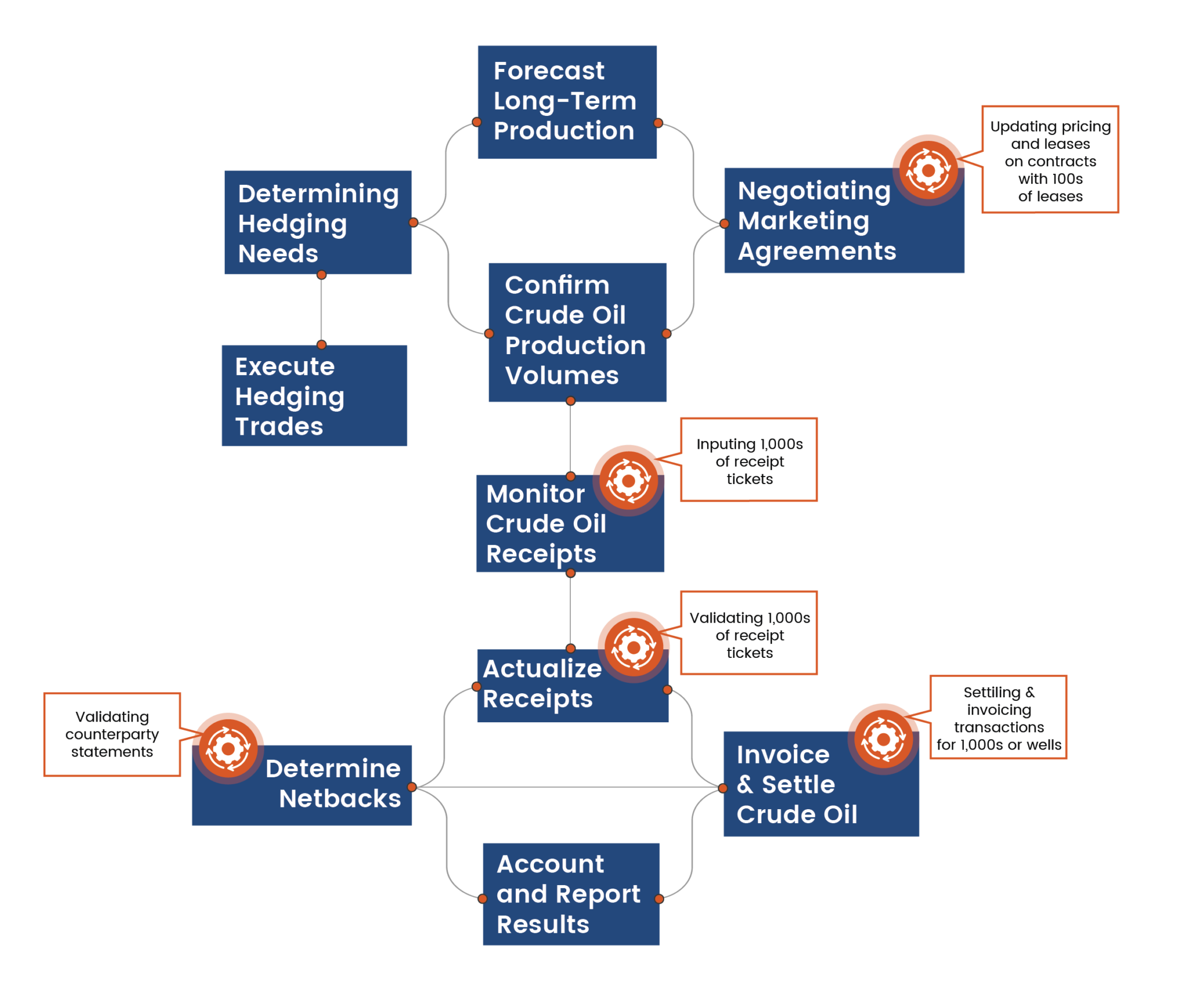





Automatically matching receipt and delivery tickets and scheduling transportation for hundreds of transactions per day the instant they are presented and recording them errorlessly without the need for human intervention.
Scanning of bills of lading to extract data, record it in the CTRM platform and daily logs, link the delivery to the corresponding inventory and order, apply the proper terms and prices, generate the invoice, and record payment.
Review, data extraction, and automatic form population from a variety of document styles and formats, including .pdf, email text, hard copies, scanned images, and electronic downloads.

Value Creed has established the processes and assembled the experts who can build the RPA management system that suits your organization and business model. Our team will engineer a program that delivers institutional control, operational excellence, and replicable profitability.

Let’s Talk